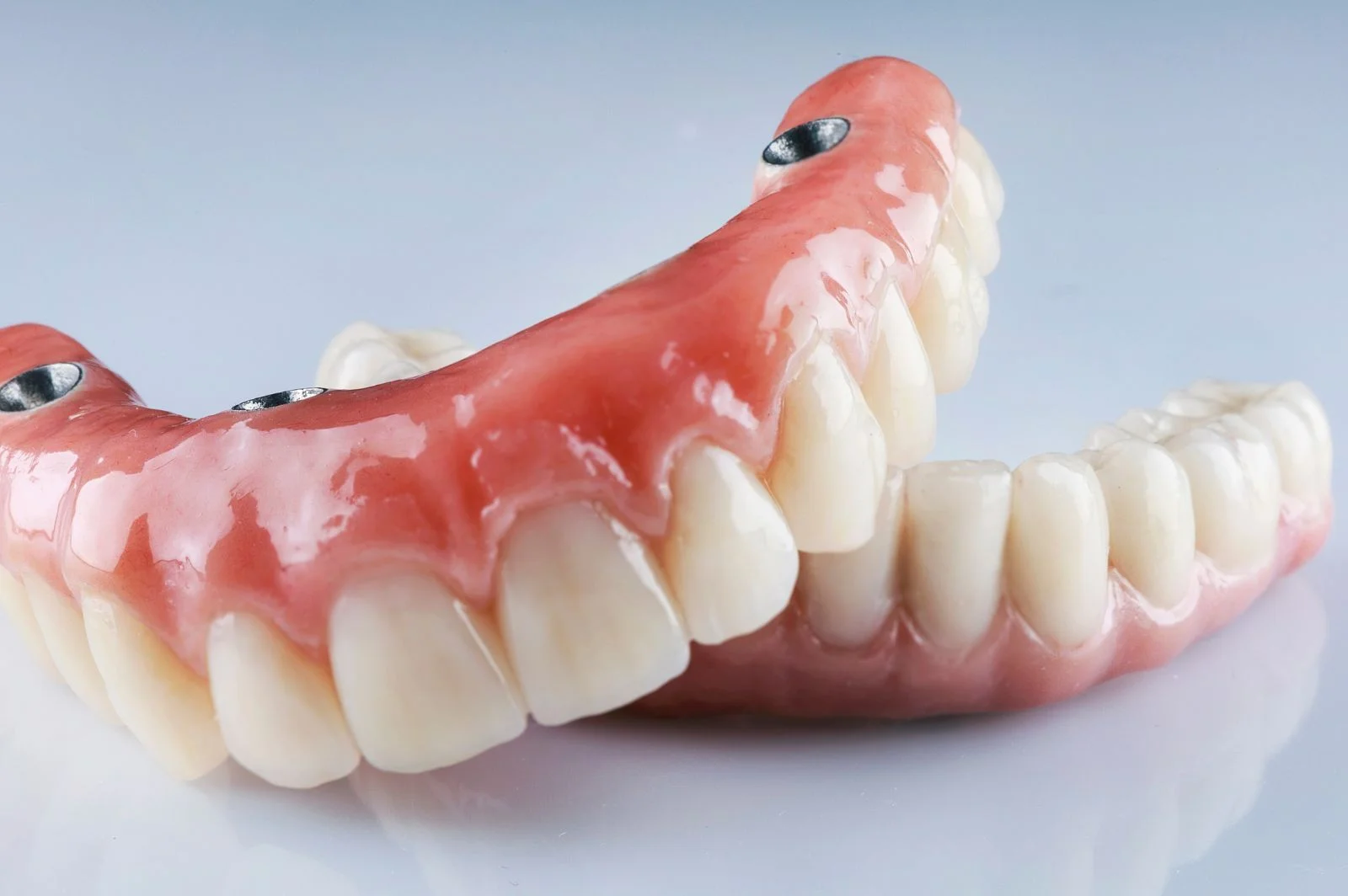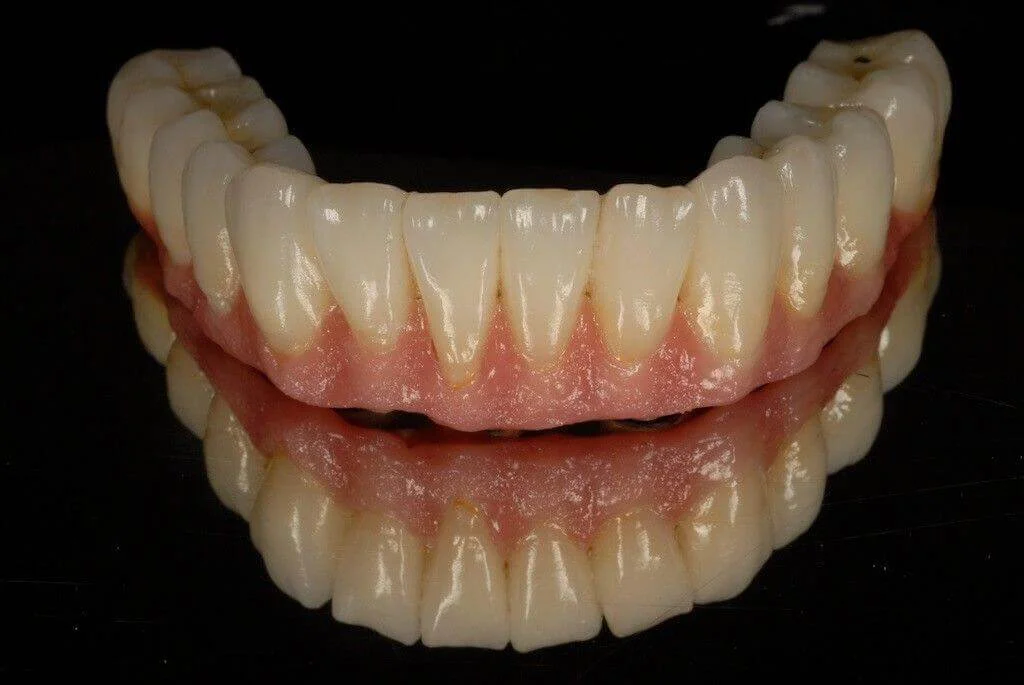
At Dr. Gandhi Dental Care, we offer top-notch dental crown and bridge treatments to restore the beauty and functionality of your smile. Our skilled team of professionals is committed to providing you with personalized care and effective solutions for damaged or missing teeth.
A dental crown is a meticulously crafted, custom-made cap that is designed to cover and protect a damaged or decayed tooth, while simultaneously restoring its shape, size, and strength. Our dental crowns are meticulously crafted to blend seamlessly with your natural teeth, enhancing both appearance and function. Whether you have a cracked tooth, a large filling in need of replacement, or have undergone a root canal, a dental crown can be the ideal solution to rejuvenate your smile.
Patients with missing teeth can find an excellent solution for restoring both the aesthetics and functionality of their smile through a dental bridge. Our bridges consist of artificial teeth, or pontics, anchored by dental crowns on the adjacent teeth. The abutment teeth, as the anchor crowns are known, provide stable support for the bridge, allowing you to enjoy a complete and confident smile once again.

CAD/CAM dentistry, short for Computer-Aided Design and Computer-Aided Manufacturing in dentistry, is a cutting-edge technology that offers a wide array of dental restorations, including crowns, bridges, dental implant restorations, veneers, inlays, and onlays.
CAD/CAM dentistry involves utilizing advanced technologies to create precise dental restorations. These restorations are typically milled from solid blocks of ceramic or composite resin, ensuring a close match to the natural shade of the restored tooth. In some cases, metal alloys may also be used in the digital fabrication process. The journey begins with a digital impression of the prepared tooth and its surroundings, which serves as the foundation for creating a virtual restoration through reverse engineering.
A crucial aspect of CAD/CAM dentistry is the use of proprietary software to design the replacement part for the damaged or missing tooth. Subsequently, this digital restoration is transmitted to a milling machine, which carves it out from a solid block of ceramic or composite resin. Stains and glazes are added to enhance the aesthetics of the milled ceramic crown or bridge, ensuring a natural and appealing appearance.

Once the dental restoration is milled and refined, it is ready for placement in the patient's mouth. The dentist will make any necessary adjustments to ensure a proper fit and then cement or bond the restoration in place. The materials used for bonding may vary depending on the restorative material, and the cementing/bonding surfaces on the tooth and restoration may be treated accordingly for optimal adhesion. This seamless integration completes the restorative treatment process, leaving the patient with a functional and beautiful smile.

Dental implants are an excellent option for replacing missing teeth permanently. A crown and bridge treatment, also known as a fixed partial denture, is often used to attach to adjacent teeth or dental implants. Bridges can be made using various methods, but the indirect method of restoration is commonly employed.
To create a bridge, the teeth on either side of the missing tooth or teeth are reduced to accommodate the bridge material. The extent of reduction may vary depending on the chosen material, such as gold, porcelain fused to metal, or porcelain alone. The recipient of the bridge needs to maintain proper oral hygiene, especially under the prosthesis, to ensure its longevity and effectiveness.
In conclusion, Dr. Gandhi Dental Clinic offers a comprehensive and advanced solution for individuals seeking crown and bridge treatments. Through their informative website, they have effectively highlighted the importance of these restorative procedures in improving oral health and enhancing the overall appearance of a patient's smile.
A bridge is fabricated by reducing the teeth on either side of the missing tooth or teeth by a preparation pattern determined by the location of the teeth and by the material from which the bridge is fabricated. In other words, the abutment teeth are reduced in size to accommodate the material to be used to restore the size and shape of the original teeth in a correct alignment and contact with the opposing teeth.
The materials used for the bridges include gold, porcelain fused to metal, or in the correct situation porcelain alone. The amount and type of reduction done to the abutment teeth varies slightly with the different materials used. The recipient of such a bridge must be careful to clean well under this prosthesis.